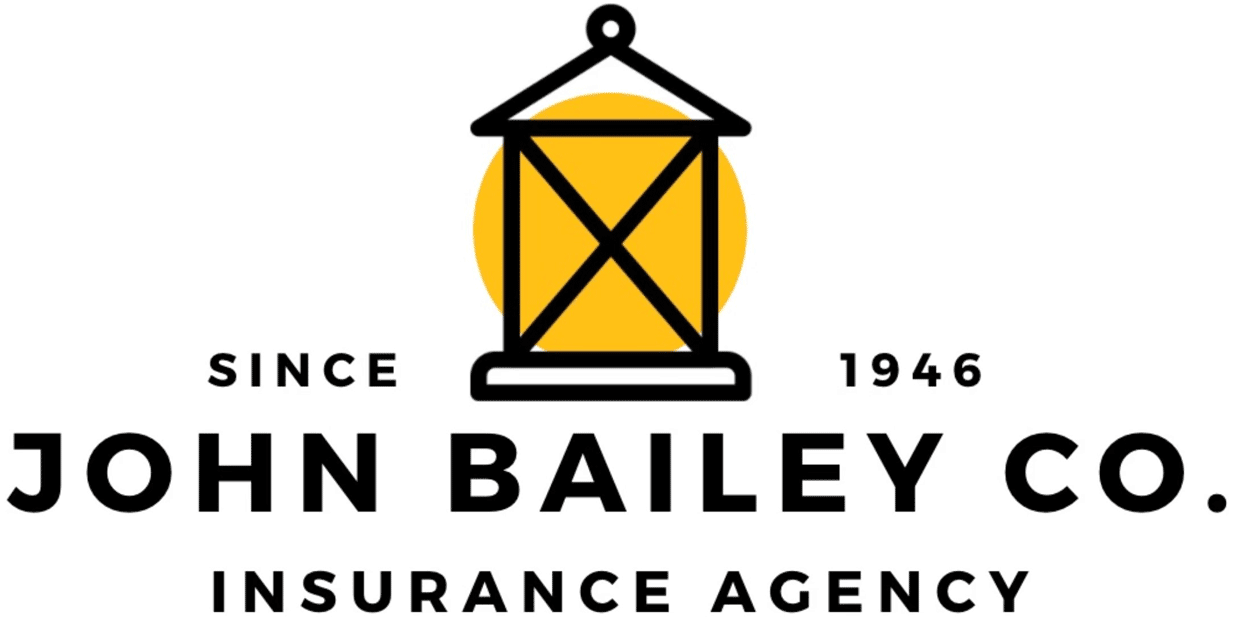Undoubtedly, as 2017 proceeded, Americans have been alerted by the historical weather events Harvey, Irma and Maria which occurred from August 25, 2017, through September 16, 2017. And many homeowners have been shocked to learn that perhaps their homeowner policy and their respective endorsements were lacking in certain ways. How about you? Do you understand your homeowners insurance endorsements?
Our regular readers, know that over the past few years we have written and highlighted the importance of possessing a thorough familiarity of flood insurance, but today we want to take a closer look at other endorsements that you may want to consider.
First, a quick review homeowner policy and coverage types
Hopefully, your policy is easily accessible in either a soft copy or in your homeowner file. There are many types of homeowner policies, here are just a few:
- HO-1: Considered a basic homeowner policy with specifically named covered perils.
- HO-2: Designed for homes, this is a policy which covers specific named perils for the contents and the structure.
- HO-3: A broader form of homeowners’ policy which protects against all perils, with the exception of those specifically excluded, also providing additional comprehensive coverage.
- HO-4: A renter’s insurance policy which protects only the contents, not the structure, while covering specific named perils within the policy.
- HO-5: Often called a Premier Homeowner Policy, it is an open perils policy. This type of policy does not list perils for which your home and personal property are covered, but lists the perils your home and personal property does not cover.
- HO-6: Insurance coverage for a co-op or condominium. The owner is protected for covered perils in the policy and for that structure portion owned by the insured.
- HO-8: This is a named perils policy for older homes covering the actual cash value less depreciation. Normally with this policy type a full-replacement cost option is not offered.
Depending on your policy type, a quick review will include the coverage, the effective coverage dates and coverage limits and premiums. For example:
- Coverage A: dwelling coverage for your home and objects that are attached to your home permanently.
- Coverage B: other structures coverage for things like a detached garage, pool house, a shed and other building structures (with three walls or more and a roof) are covered for replacement cost. Other structures like open car ports, fences, docks, and pools have actual cash value coverage. Some companies may offer a buy back on replacement cost.
- Coverage C: personal property coverage for theft and damage to items in your home like furniture, appliances, clothing, electronics and limited protection for named items like cash, guns, artwork, or jewelry.
- Coverage D: loss of use coverage offers protection if your home is destroyed or badly damaged and you are required to temporary quarters. It can also include money to cover meals and additional commuting expense.
- Coverage E: personal liability coverage provides protection if a guest is injured in or on your premises and you are found negligent. Coverage may also apply to incidents where you are found negligent away from your home.
- Coverage F: medical expenses to others coverage for a minimal amount for medical bills for a person injured in your home who is not the named insured or a relative of the named insured.
What is an endorsement?
The International Risk Management Institute offers a helpful glossary which includes a concise and direct definition of an insurance endorsement:
“An insurance policy form that either changes or adds to the provisions included in one or more other forms used to construct the policy, such as the declarations page or the coverage form. Insurance policy endorsements may serve any number of functions, including broadening the scope of coverage, limiting or restricting the scope of coverage, clarifying the application of coverage to some unique loss exposure, adding other parties as insureds, or adding locations to the policy. They often effect these changes by modifying the existing insuring agreement, policy definitions, exclusions, or conditions in the coverage form or adding additional information, such as insured locations, to the declarations page.”
Homeowners Insurance Endorsements you may want to consider…
Over the past few months we have talked about the importance of creating and updating an inventory of your personal belongings. For example, this advice was offered when we wrote about renter’s insurance and having witnessed hurricane victims moving their lives’ inventory to the curbside, this is a wake-up call to be proactive. There are apps for inventorying your items, many insurers have created such apps and Forbes suggests Sortly.
Your inventory may include valuable jewelry, silverware, wine, art, cameras, firearms…all of which may require an endorsement. Typically, an endorsement for this coverage is produced through Inland Marine Insurance, which is more clearly defined here.
While Inland Marine provides extra protection for specific named items, what other endorsements may you want to consider? Here are just a few:
- Identity Theft – This month we learned about Equifax’s data breach, which apparently threatens the identity of 143 million Americans. This endorsement type is designed to assist in reimbursing you for expenses incurred by the theft of your identity. Learn more about it from the Insurance Information Institute.
- Backup of Sewers and Drains – Think of this type of water damage as one that comes from below ground! Be sure and check your policy, as sometimes this coverage is automatically included by the insurer, but not always. Be aware and learn more about items to consider.
- Sinkhole – According to the United States Geological Survey, 20% of the United States is susceptible to sinkholes. Tennessee is included in this 20%; therefore, in 2014 the Tennessee General Assembly passed a bill which requires that insurance companies must make sinkhole insurance available to homeowners if they want to continue to insure homes in Tennessee.
- Earthquake – Every state can be slightly different; however, The Tennessean offered this caution and the Tennessee Department of Commerce and Insurance provided this Consumer’s Guide.
- Replacement Cost – Coverage for structure and contents, according to Wikipedia: “Replacement cost coverage is designed so the policy-holder will not have to spend more money to get a similar new item and that the insurance company does not pay for intangibles. For example: when a television is covered by a replacement cost value policy, the cost of a similar television which can be purchased today determines the compensation amount for that item.”
- Hydrostatic Water Pressure – To best describe this endorsement, we invite you to watch this video provided by The Cincinnati Insurance Companies.
If you are having trouble viewing the video, you can see it here.
Be prepared…talk to your insurance agent
Going forward the best advice is to review your current policy and ask questions. Take the time to meet with our team. John Bailey Insurance Agency offers integrity, service and expertise. It is the John Bailey Promise

